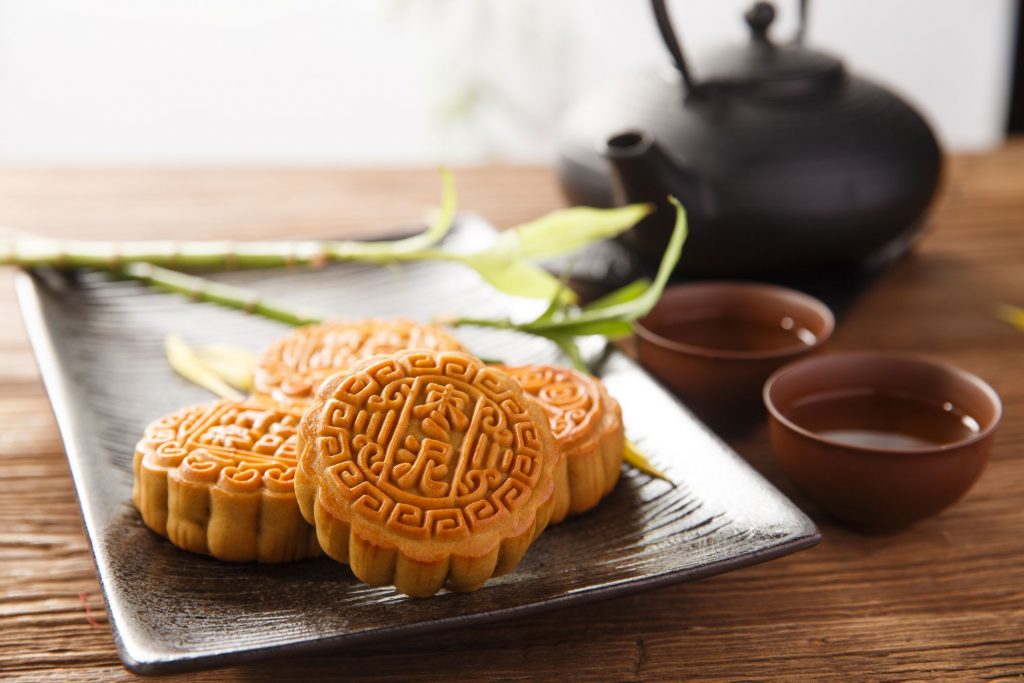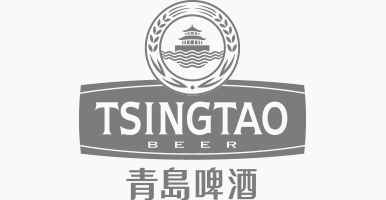Unlike the elaborate and sugary-sweet desserts of the Western world, China tends to cater to a simpler palate. Desserts aren’t considered to be the show-stopping finale to a dinner party but are instead integrated into the meal as a whole.
Certain traditional celebrations such as Chinese New Year and the Winter Solstice Festival bring with them the chance to impress guests with a fancier pudding but, ordinarily, desserts use ingredients that are found in every Chinese pantry: rice and rice flour, egg, sesame or peanut oil, sugar, and fresh fruits are all essential.
Complement your main dish with a delectable dessert and honour China’s many culinary traditions.
Sesame Balls
In China, sesame balls are known as jian dui and are among some of the oldest culinary traditions. During the Tang dynasty, jian dui were commonly served as palace food and then later spread to the southern reaches of China. Now you’ll find the treats in bakeries and dim sum halls across Asian countries, and they are increasing in popularity in the Western world too.
With just three main ingredients – glutinous rice flour, sesame seeds, and a filling of your own choice – the fried sweet treats are the prefect place to start if you are new to cooking Chinese cuisine.

Versatile and appetising, sesame balls can be enjoyed between savoury dim sum dishes or as part of breakfast, and can be made in a variety of sizes.
Recipe of choice: The easy-to-follow recipe on China Sichuan Food takes you through all of the stages to create perfect golden-brown sesame balls, and suggests a traditional filling of red bean paste.
Egg Custard Tarts
Believed to have been crafted by bakers in Guangzhou back in the 1920s, egg custard tarts are a loving tradition that was – and still is – particularly popular in Hong Kong. It is thought that bakers were experimenting with flavoured tarts and looking for an alternative to fruit fillings when the egg custard filling was created.
 You can find the creamy tarts in dim sum restaurants and Chinese bakeries everywhere. What’s more, they are very simple to make, requiring only a few main ingredients: flour, butter, sugar, egg and milk.
You can find the creamy tarts in dim sum restaurants and Chinese bakeries everywhere. What’s more, they are very simple to make, requiring only a few main ingredients: flour, butter, sugar, egg and milk.
Variations of the egg custard tart have been widespread across Hong Kong, from the sweet end of the spectrum – honey-egg tarts and chocolate tarts – to those commemorating classic flavours – ginger and green tea.
Recipe of choice: Unlike the traditional lard pastry of egg custard tarts, the recipe by Little Sweet Baker uses a lighter butter puff pastry. The change of pastry gives the tarts a flaky, buttery casing that makes them even more delicious. The use of evaporated milk adds to the creaminess of the filling too.
Eight Treasure Rice Pudding

As the biggest celebration in China, Chinese New Year festivities are undoubtedly lavish and diverse. It’s no wonder then that the eight treasure rice pudding was created; the dessert acts as a more complex and stunning adaptation of traditional and much-loved glutinous-rice-based desserts common in China. The dessert more than earns its place on the menu, with an air of grandeur to match the holiday.
The name comes from the eight primary filling ingredients in the dessert: a mix of eight kinds of fruits or nuts. These are arranged atop the rice to create a colourful pattern of rings. In spite of the artful final design, the dessert is relatively straightforward to bake, only requiring lard, sugar and red bean paste alongside the glutinous rice and fruit-nut fillings.
Recipe of choice: The Spruce’s Eight Treasure Rice Pudding recipe favours the sugary sweetness of candied winter melon, glazed cherries, raisins and sultanas, but you can use your own favourite combination of fruits and nuts.
Lotus Mooncakes
Traditionally served during the Mid-Autumn Festival (one of the four most important festivals in China), mooncakes are a simple baked pastry dessert. It is the fillings and flavours that allow you to experiment and make the cakes delicious – everything from red bean paste and lotus seed paste to five kernels and even ice cream can be used.

The festival is to honour the moon, thus giving the pastries their name. Sometimes the gooey centre of the cakes also contains a salted egg yolk to symbolise the round full moon. Commonly offered between friends and family (and even as gifts to employees), mooncakes are one of the key parts of the festival and are often enjoyed together with a pot of tea. The imprint of Chinese characters on top of mooncakes represent ‘longevity’ or ‘harmony’, and images of flowers and rabbits (the symbol of the moon) are normally entwined in the design too.
Recipe of choice: The Lotus Mooncakes with Salted Egg Yolks recipe on The Woks of Life combines all of the traditional elements of mooncakes with the mild taste of lotus seeds, sweetness from the sugar syrup, and the silken texture of the egg yolk. You can find mooncake moulds online or in a Chinese supermarket.
Chinese desserts are becoming more and more accessible outside of their native land. Best of all, recipes are very easy to follow at home, tend to only use a few basic ingredients, and allow you to choose your own filling or toppings, so you can enjoy a sweet taste of Chinese culture.


